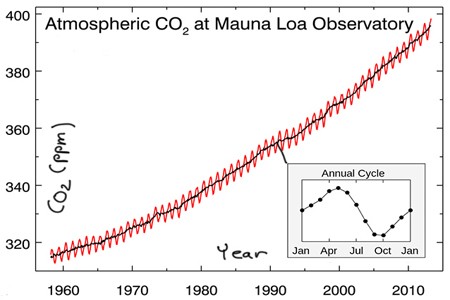Which of the following regions below would you predict to have the thickest continental crust?

A) The West Coast because it is close to the plate boundary
B) The Colorado Rockies and adjacent Great Plains
C) The area with thick sediments around the Mississippi River
D) The Appalachian Mountains, the dominant range in the eastern United States
E) The East Coast because it is a passive margin
B) The Colorado Rockies and adjacent Great Plains
You might also like to view...
Factors that affect the appearance of a shoreline include
A) the hardness of bedrock along the coast. B) climate and vegetation. C) whether sea level has risen or fallen relative to the coast. D) All of these are correct.
Between 1960 and 2010, atmospheric greenhouse CO2 has increased by
A. 80 ppm. B. 320 ppm. C. 400 ppm.
Which of the following best defines a mineral and a rock?
A) A mineral consists of its constituent atoms arranged in a geometrically repetitive structure; in a rock, the atoms are randomly bonded without any geometric pattern. B) A rock consists of atoms bonded in a regular, geometrically predictable arrangement; a mineral is a consolidated aggregate of different rock particles. C) In a mineral the constituent atoms are bonded in a regular, repetitive, internal structure; a rock is a lithified or consolidated aggregate of different mineral grains. D) A rock has an orderly, repetitive, geometrical, internal arrangement of minerals; a mineral is a lithified or consolidated aggregate of rocks.
Which of the following statements regarding sea otters is correct?
A) Their bodies are covered with sparse hairs, which are concentrated around the mouth. B) They are one of the few types of animals known to use tools. C) They are some of the largest marine mammals. D) They continually lick themselves to clean their fur and add an insulating layer of air. E) They no longer inhabit all areas where they were hunted.